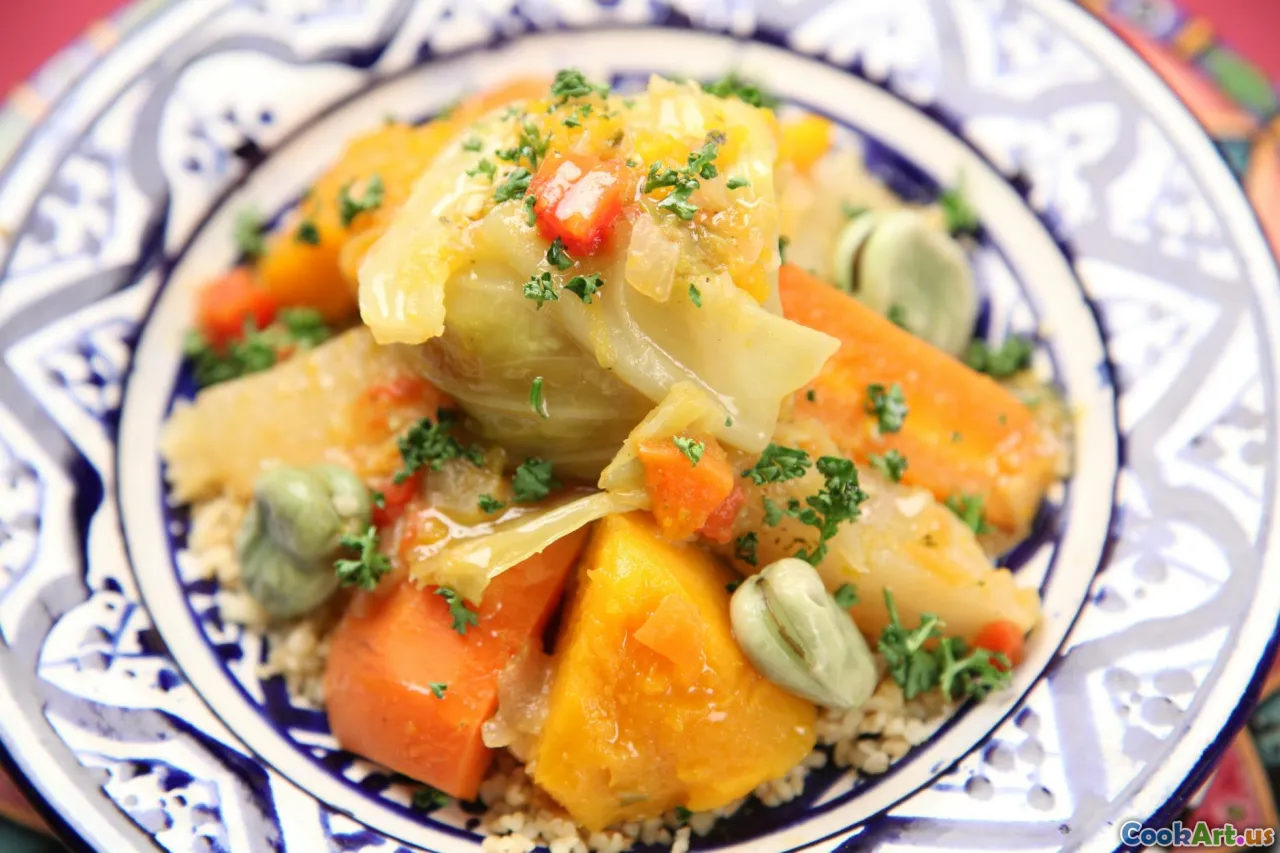Savory Delights: Unique Regional Cuisines of Africa
6 min read Explore the rich tapestry of Africa's regional cuisines, revealing unique dishes, cooking techniques, and cultural significance. April 05, 2025 14:00
Savory Delights: Unique Regional Cuisines of Africa
Africa, a continent known for its vast diversity, offers a culinary experience that is as rich and varied as its cultures and landscapes. Each region boasts unique flavors, ingredients, and cooking techniques that tell the story of its people and their traditions. In this article, we will embark on a savory journey through some of Africa's most unique regional cuisines, exploring notable dishes and the cultural significance behind them.
North Africa: A Melting Pot of Flavors
Moroccan Cuisine
Moroccan cuisine is renowned for its intricate flavors and aromatic spices. Dishes such as tagine— a slow-cooked stew prepared in a conical pot — exemplify this culinary art. Ingredients like saffron, cumin, and coriander are staples, while the famouscouscous serves as a base for many meals. The use of preserved lemons and olives adds depth to the dishes, showcasing the influence of Berber, Arab, and Mediterranean traditions.
Egyptian Cuisine
Egyptian food is characterized by its hearty, wholesome dishes. One of the most iconic meals is koshari, a blend of rice, lentils, and pasta topped with a spicy tomato sauce and crispy onions. This dish reflects Egypt’s diverse influences and is often enjoyed as street food. Another staple is falafel, which originated here, made from fava beans and herbs, showcasing the region's love for legumes.
West Africa: A Celebration of Ingredients
Nigerian Cuisine
Nigerian cuisine is vibrant and bold, with a focus on bold flavors and spices. The dish jollof riceis a staple at parties and gatherings, made with tomatoes, peppers, and onions, often served with fried plantains and grilled meats. Another favorite isegusi soup, made with ground melon seeds, vegetables, and meats, illustrating the use of local ingredients in creating hearty meals.
Ghanaian Cuisine
Ghanaian dishes often incorporate starchy staples like fufuandbanku, which are served with soups and stews. Groundnut soup, made with peanuts, is a beloved dish that reflects the region's agricultural practices. Here, food is not just sustenance but a way to connect with family and community.
East Africa: A Fusion of Flavors
Ethiopian Cuisine
Ethiopian cuisine is unique, often served on a large communal platter. Injera, a sourdough flatbread, serves as both a plate and a utensil, with various wats (stews) placed on top. Spices like berbere and mitmita are essential, creating a rich tapestry of flavors. Eating with your hands fosters a sense of community and shared experience.
Kenyan Cuisine
In Kenya, dishes such as ugali(a maize porridge) andsukuma wiki(collard greens) are staples. The coastal region offers a different flavor profile influenced by Indian and Arab cuisines, with dishes likenyama choma (grilled meat) being popular at social gatherings.
Southern Africa: Rich and Robust
South African Cuisine
South African cuisine is a reflection of its multicultural society. Braai, a barbecue tradition, is central to social gatherings, featuring meats marinated in local spices. Bobotie, a spiced minced meat dish topped with egg custard, reveals the heritage of Cape Malay influence. The use of ingredients like biltong (dried cured meat) highlights the region’s preservation techniques.
Zimbabwean Cuisine
In Zimbabwe, sadza, a maize-based dish, is a staple food often paired with stews and vegetables. Traditional dishes reflect the agricultural practices of the region, with an emphasis on communal eating and celebrating local produce.
Conclusion
Africa's regional cuisines are a testament to the continent's rich cultural heritage and diversity. Each dish tells a story, reflecting local ingredients, historical influences, and communal values. As you explore these savory delights, remember that food is not just about nourishment; it is a powerful connection to culture, history, and identity. Embrace the journey of flavors, and let the unique tastes of Africa inspire your culinary adventures.









